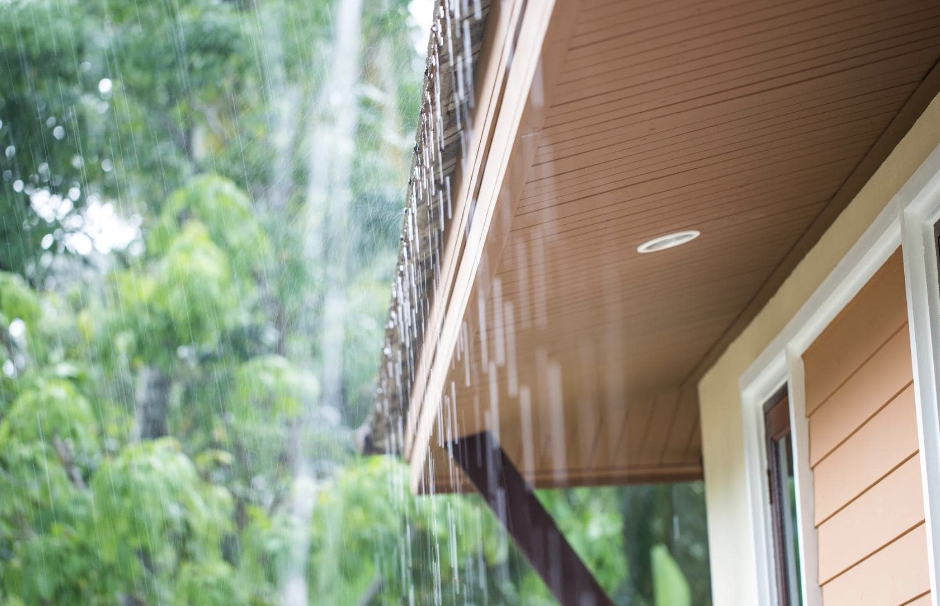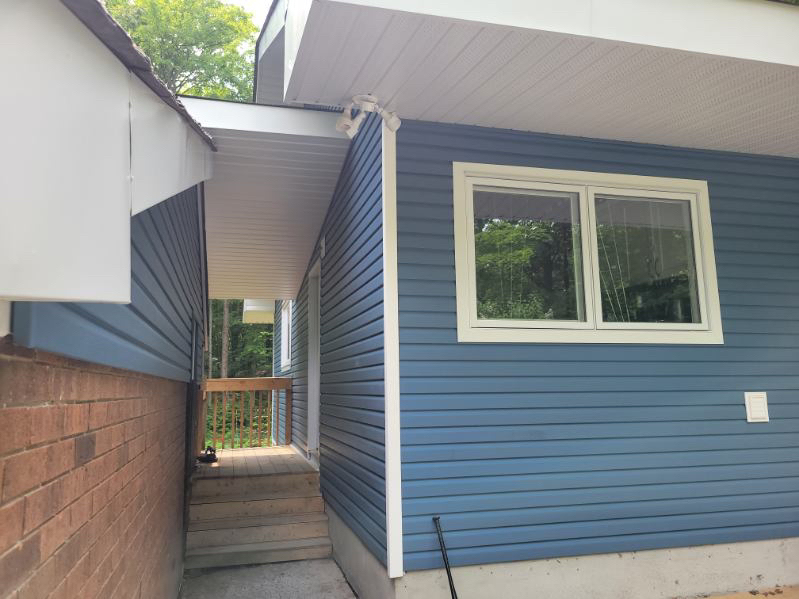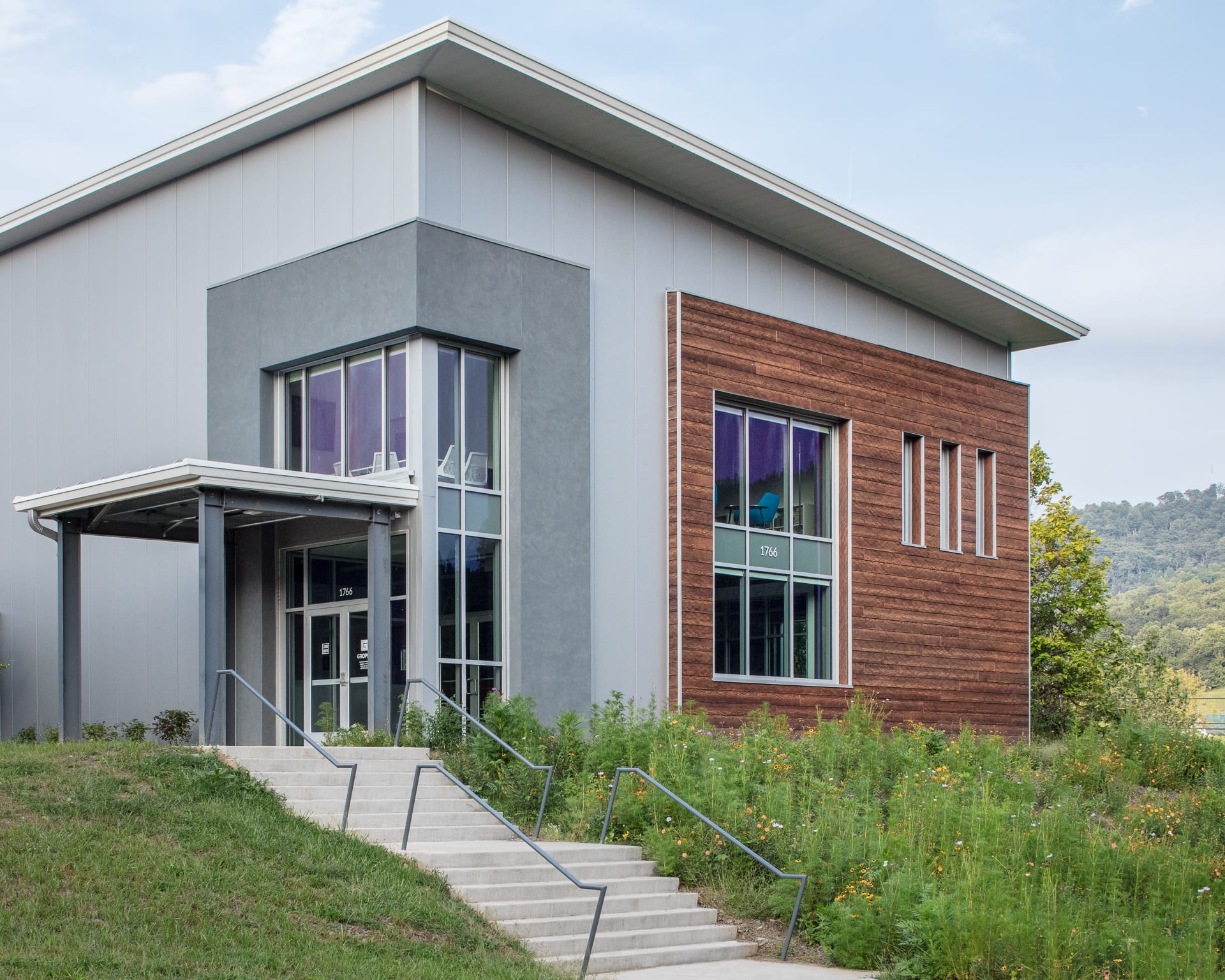When it comes to home exterior, siding plays a pivotal role. However, the climate you live in should heavily influence your choice of siding. From intense sun to freezing temperatures, different weather conditions can affect the performance and lifespan of your siding. This article explores the best siding options for various climates to help you make an informed decision.
The Impact of Climate on Siding

Siding not only contributes to the aesthetic appeal of your home but also protects it from external weather elements. Choosing the wrong siding for your climate can lead to premature wear, requiring expensive repairs or replacement. Therefore, considering your local weather patterns is crucial when selecting the perfect siding for your home.
Hot and Dry Climates: Durability is Key
In areas with hot, dry conditions, the sun and heat can be brutal on your home’s exterior. Vinyl siding tends to warp and fade in intense sunlight, making it less ideal for such climates. Materials like fibre cement or metal, which resist heat and sun damage, can be a better choice. Brick is also a good option due to its natural resistance to heat.
Humid and Rainy Climates: Resistance to Moisture

In regions with high rainfall or humidity, such as the Pacific Northwest, it’s crucial to select siding that resists water damage. Materials like vinyl and fibre cement excel in these conditions due to their resistance to moisture and rot. Wood siding, though beautiful, may require more maintenance in these climates, as it’s more susceptible to moisture-related damage.
Cold and Freezing Climates: Insulation Matters
In areas with harsh winters and freezing temperatures, such as the Midwest and Northeast, siding that offers good insulation properties is a must. Insulated vinyl siding, fibre cement, and wood can provide excellent protection against cold, though wood will require more maintenance to prevent rot and pest damage.
Mixed Climates: Versatility is Crucial
For homes in regions with a mix of all the above conditions, like the mid-Atlantic states, versatile siding options are essential. Fibre cement is an excellent choice due to its durability, resistance to temperature fluctuations, and minimal maintenance requirements.
Conclusion
Choosing the right siding for your climate will ensure your home remains protected, energy-efficient, and aesthetically pleasing for many years. If you’re unsure about the best siding for your home, consider reaching out to a professional siding contractor who can provide tailored advice based on your home’s specific needs.
Remember, while climate is a crucial factor in choosing siding, personal preference, budget, and maintenance willingness should also play a role in your decision.



